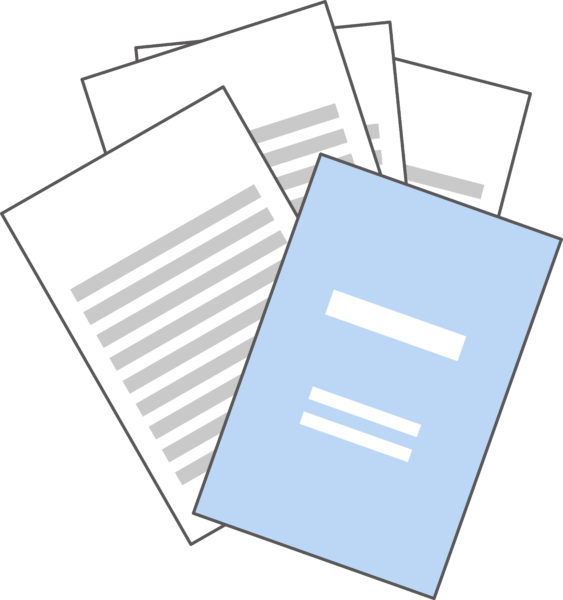I introduced the BS method (large/small method), which is the simplest method for the big and small strings.
*Yamato strings: Akira Kazu strings
* Kowa string: Anwa string
View chord pitch

At the beginning of the neck, the calculation ``main chord'' is the distance between the three notes, which is the tonic chord of the scale and the root note creation of the three chords.
How big or small is the time interval?
“Large/Small” is the main category
The result is “small/large”, Noritameji Yodai 碼
It's almost here.
I am thinking of many people in the middle of the road, and I am here.
It's hard to hear, but it's easy to change the example below.
* At the beginning of the head, there is one major example of a new generation.
The beginning of the Yamato string “F” is “F, A, C”, which is “fa, la, do”.
There are “three” sounds between “fa” and “la”: “fa”, “so” and “♯ so ♯”.
On the other hand, "la" and "do", and "la ♯" and "shi" sound, but only "two".
After the "three", the result is one main group, the reason is "big/small", and the reason is "two".
*This is the same method as the previous one.
The beginning of the small Japanese string “Fm” is “F, G♯, C”, which is “fa, so, do ♯”.
There is a voice between “fa” and “so”, “fa ♯” and “so ♯”.
On the other hand, there are “la” and “la” and “three” in “so ♯” and “do” in Japanese.
After the “two”, the reason is “small/large”, the reason is “three”.
``Three'' and ``Two'' are the possessive major harmonic strings, the minor harmonic strings, and the shared fixed number.
Once you have decided on a single sound, you can prepare a suitable root sound, break down the trial version with the feeling of "three" and "two", and make a single Japanese string.
Accurate Yamato strings with a proper arrangement.
Similarly, the two words are divided into two and three words, and the two words are separated.
Netone is not limited to white keys, and returns are black keys.
When the current J-POP is in use, the tone of the song is changed, for example, when the sub-song is played, the black keys are also used in large Japanese strings and small Japanese strings.
Yokosei Yamato strings and small Japanese strings, Fujojokenkiju's ``three'' and ``two'' rules, and various Japanese strings for self-playing.
“ Composition” Various Japanese strings are memorized Japanese strings.
Leave a Comment